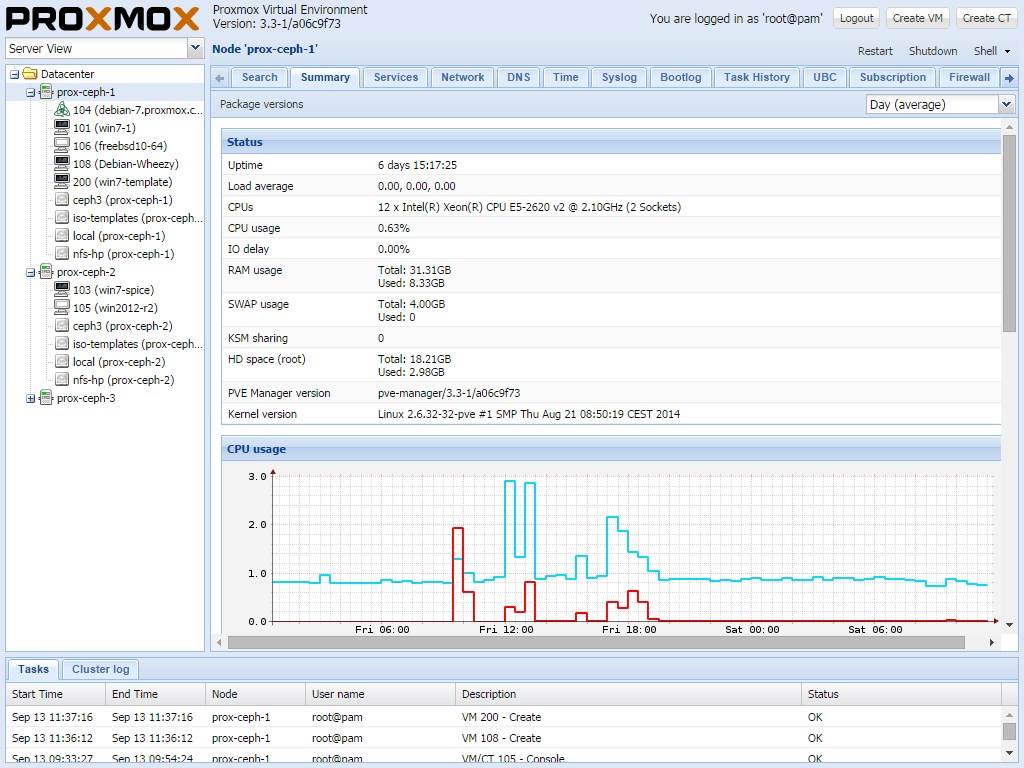Proxmox VE 7.3 released: open-source solution for enterprise virtualization
Proxmox Virtual Environment is a complete open-source solution for enterprise virtualization that tightly integrates KVM hypervisor and LXC containers, software-defined storage and networking functionality on a single platform. With the central built-in web interface, you can easily run VMs and containers, manage software-defined storage and networking functionality, high-availability clustering, and multiple integrated out-of-the-box tools like backup/restore, live migration, replication, and the firewall. Proxmox VE allows virtualizing even the most demanding Linux and Windows application workloads.
By combining two virtualization technologies, Proxmox VE is giving maximum flexibility to your virtual IT environment. It includes strong high-availability (HA) support and thanks to the unique multi-master design there is no need for an additional management server thus saving resources and allowing high availability without a single point of failures (SPOF).

Proxmox VE 7.3 released.
Changelog:
Here is a selection of the highlights
- Debian 11.5 “Bullseye”, but using a newer Linux kernel 5.15 or 5.19
- QEMU 7.1, LXC 5.0.0, and ZFS 2.1.6
- Ceph Quincy 17.2.5 and Ceph Pacific 16.2.10; heuristical checks to see if it is safe to stop or remove a service instance (MON, MDS, OSD)
- Initial support for a Cluster Resource Scheduler (CRS)
- Proxmox Offline Mirror – https://pom.proxmox.com/
- Tagging virtual guests in the web interface
- CPU pinning: Easier affinity control using taskset core lists
- New container templates: Fedora, Ubuntu, Alma Linux, Rocky Linux
- Reworked USB devices: can now be hot-plugged
- ZFS dRAID pools
- Proxmox Mobile: based on Flutter 3.0
- And many more enhancements.





